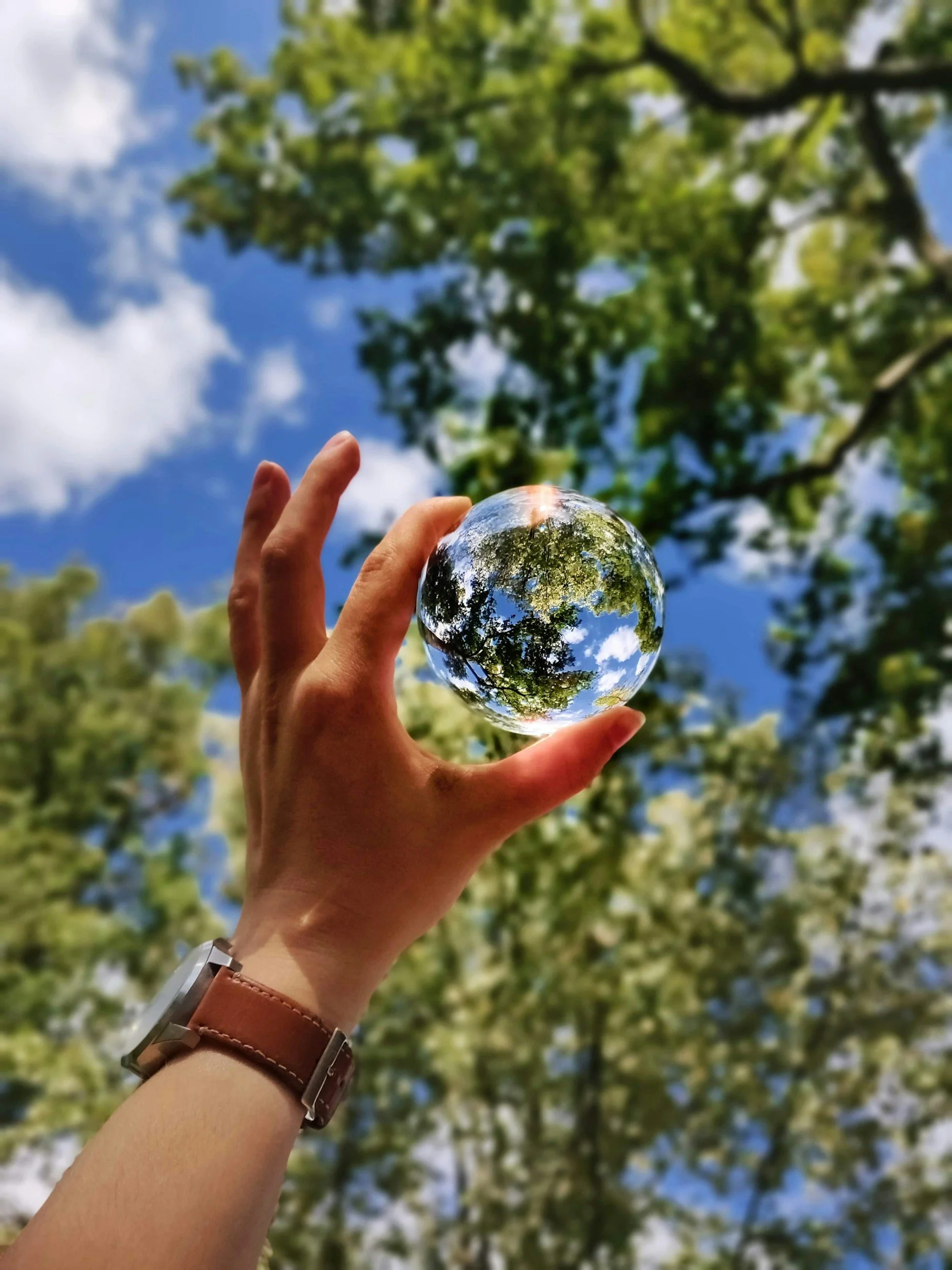
Ecofriends
Role
Product Designer
Responsibilities
Research, Wireframing, Prototyping, User Testing
Team
CEO, 3 Engineers, 1 Product Manager, 4 Junior Designers
Problem
Many people express a desire to help the environment, but translating that motivation into action is challenging. Our research indicates that individuals struggle to adopt sustainable behaviors despite their good intentions. We set out to explore how leveraging social support—similar to Nike Run Club’s approach to running—can encourage meaningful behavioral change and help users align their actions with their environmental goals.
UX Research
We conducted 20 user interviews to discover needs, frustrations and pain points that keep people from taking environmental action.
Visible Impact
Users lose motivation because they can’t see the immediate impact of actions like recycling or taking public transportation to help the environment. We propose that we find some way to visualize what the impact of their action would be on the environment both individually and collectively if many others also did the same thing.
Teamwork
One thing that came as a surprise from our research is that people would be much more likely to take action as a part of a team. It makes a lot of sense; people often participate in charity events, competitions, auctions, dinners and other social events for philanthropic causes, so why not leverage team play as a way to garner environmental action.
These insights have been instrumental in shaping our approach to developing a user-friendly and cost-effective portable charging solution.
Bite-sized Actions
Users often want to help the environment but don’t know which actions to take or it seems like too big a hassle. We hypothesize that by offering clear bite-sized missions we can focus them on taking specific actions while removing the emotional barrier of indecision or feeling overwhelmed.
Persona
Based on our user research, we developed a persona to better understand and empathize with our target users' needs and frustrations
Problem Definition
How Might We
Mark knows it’s important to help the environment yet receives conflicting information on what exactly to do via YouTube, NPR and social media. How might we help Mark be a better, more informed global citizen and develop life-long habits that benefit the planet?
Feature Prioritization
From our research we determined that Mark needs bite sized missions that he can do as a part of a team in order to take environmental action. He also needs to be able to clearly see the impact of his actions.In order to transition from the research to design phase we began a process of sketching out various ideas and using post it notes to prioritize features for our design. A MoSCoW map and Feature Prioritization charts were both helpful to determine our direction.
We placed our potential design features along a matrix of Essential / Not Essential and Low Effort / High Effort in order to better utilize our time and focus on the creating the best minimal viable product. For instance, we found the ability to have our product utilize real world actions and educational content were essential and low effort, meaning that we should tackle them first. On the other hand, making our product AR enabled wasn’t essential and would involve high effort, so we shelved it for a future update.
Feature Prioritization for EcoFriends: Identifying key elements to drive sustainable behavior change.
Identify the Problem or Before & After
Before
Before our intervention, individuals like Mark wanted to help the environment but struggled to take action. Our research identified three key barriers:
Indecision & Overwhelm – Many felt unsure where to begin or believed individual actions wouldn’t make a meaningful impact.
Lack of Visible Impact – Actions like recycling or using public transit felt too detached from real change, reducing motivation.
Lack of Social Support – People were more likely to engage in sustainability efforts when part of a group, but existing solutions lacked social reinforcement.
These challenges created a gap between intention and action, preventing motivated individuals from making sustainable choices.
After
Through our UX design process, we developed a solution that breaks down environmental action into small, achievable steps while fostering engagement and motivation:
Bite-Sized Actions – We introduced clear, manageable sustainability tasks that eliminate decision fatigue and make taking action easy.
Visible Impact – Users can see the tangible effects of their actions both individually and collectively, reinforcing the value of their contributions.
Teamwork & Social Motivation – By incorporating a team-based approach, we make sustainability efforts more engaging and socially rewarding, similar to charity runs and group challenges.
By addressing these core challenges, we empower users like Mark to align their everyday habits with their environmental values, fostering long-term behavioral change.
Key Design Features
From our user interviews we arrived at 3 key features of our design in order to make it easy for Mark to take environmental action.
Bite sized missions
Impact dashboard
Team play
Hi Fi Design
You can see the impact of your actions
You can play solo or as a team and take collective action.
Environmental actions are broken down into bite sized missions
Hi-Fi Flow
User Testing Results
Next Steps
We recommend to revise the Hi-Fi prototype and conduct further usability tests. After we go live we will then track key success metrics.








